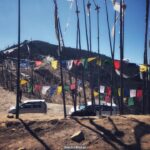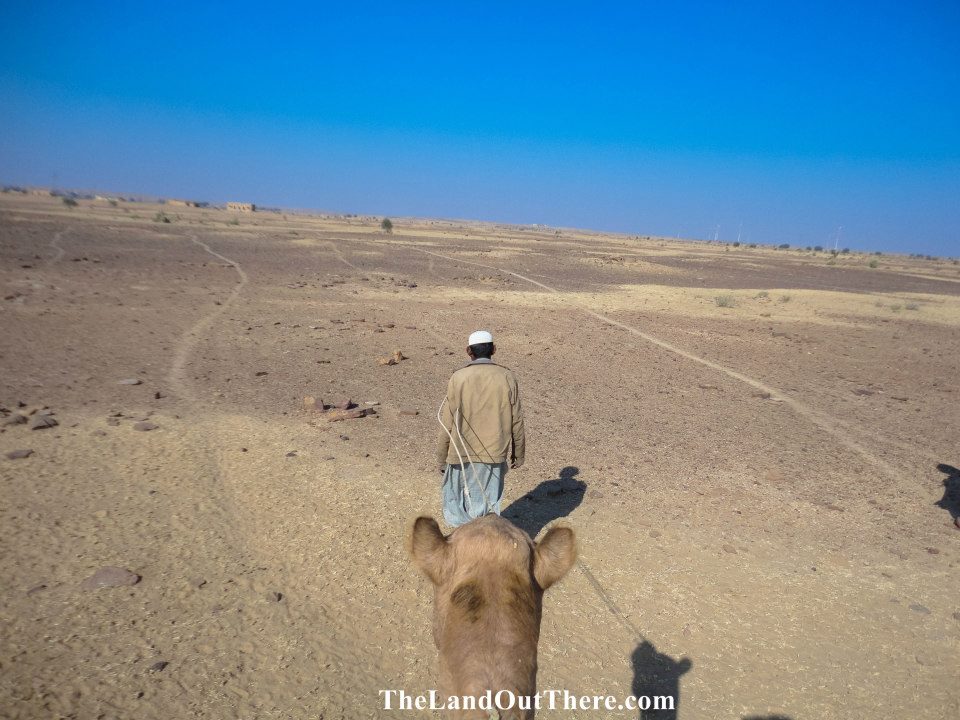
20 Fun facts about Thar Desert in Rajasthan
The Thar Desert, also known as the Great Indian Desert, is a large arid region located in the northwestern part of the Indian subcontinent. It is spread across the Indian states of Rajasthan, Gujarat, Punjab, and Haryana, as well as parts of Pakistan.
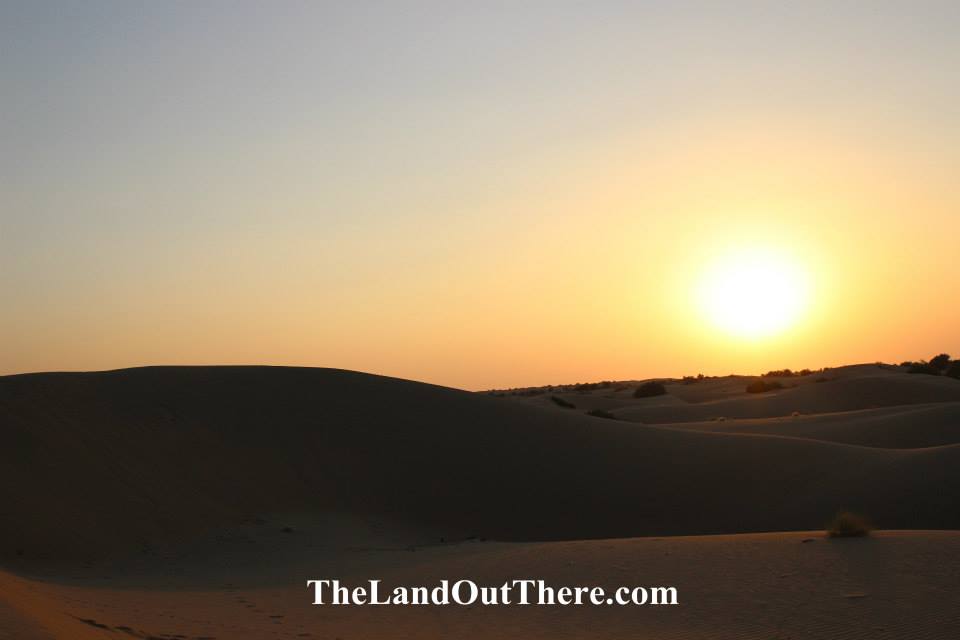
Table of Contents
Covering an area of about 200,000 square kilometers (77,000 square miles), the Thar Desert is one of the world’s largest desert regions. It is characterized by its extreme hot and dry climate, with scorching temperatures during summer and cooler winters.
Landscape of Thar
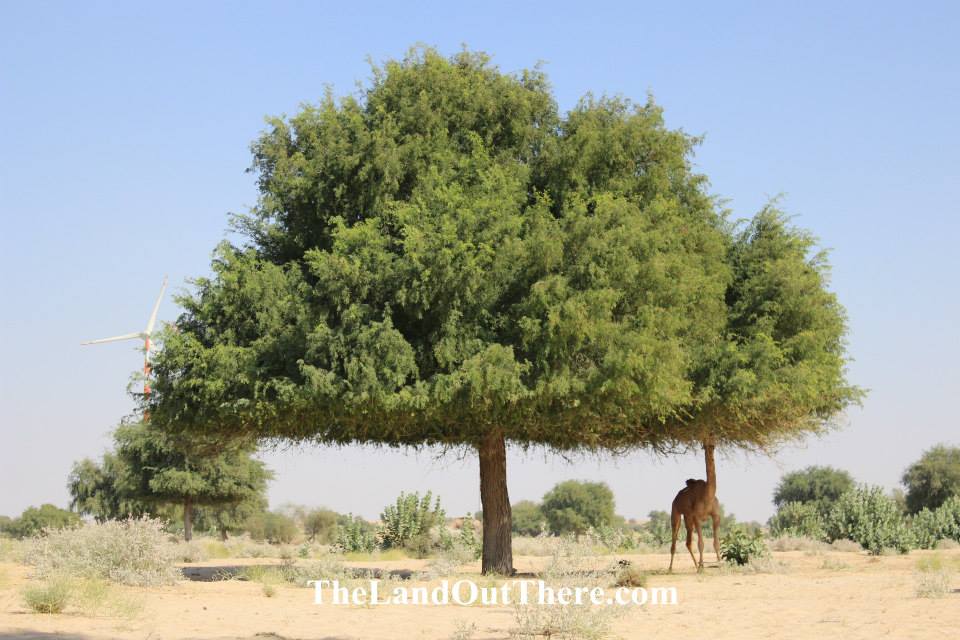
The desert landscape is predominantly sandy, with sand dunes in various shapes and sizes. It also features dry riverbeds, salt pans, and sparse vegetation consisting of thorny bushes, shrubs, and small trees adapted to survive in arid conditions. Wildlife in the Thar Desert includes desert foxes, blackbucks, chinkara gazelles, and various bird species.
The Thar Desert is home to several indigenous communities that have adapted to the harsh desert environment. These communities, such as the Rajputs, Jats, and Bhils, have developed unique ways of life, including traditional farming techniques, animal husbandry, and handicrafts.
Tourism
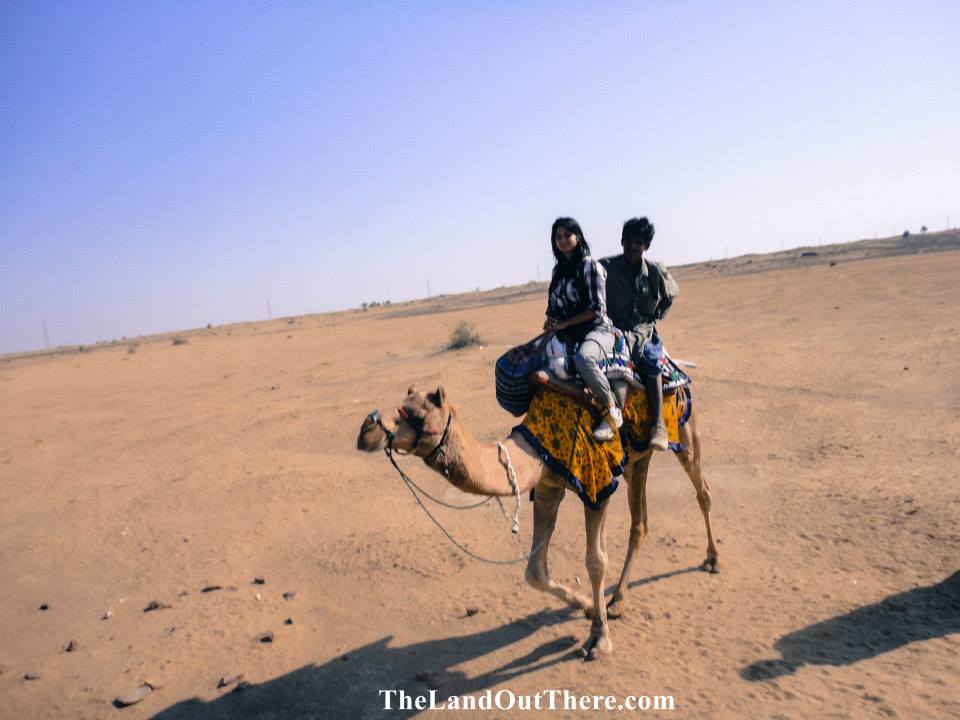
Tourism is also a significant aspect of the Thar Desert. Visitors come to experience camel safaris, where they can ride on camels and explore the desert’s vast expanse. Desert festivals, such as the famous Jaisalmer Desert Festival, showcase the vibrant culture of the region through music, dance, and traditional games.
Despite its harsh conditions, the Thar Desert holds a unique ecosystem and cultural heritage that continues to attract both locals and tourists. However, the desert ecosystem faces challenges such as water scarcity, encroachment, and overgrazing, leading to the degradation of the fragile desert environment. Efforts are being made to promote sustainable practices and conservation initiatives to preserve the rich biodiversity of the Thar Desert.
Facts
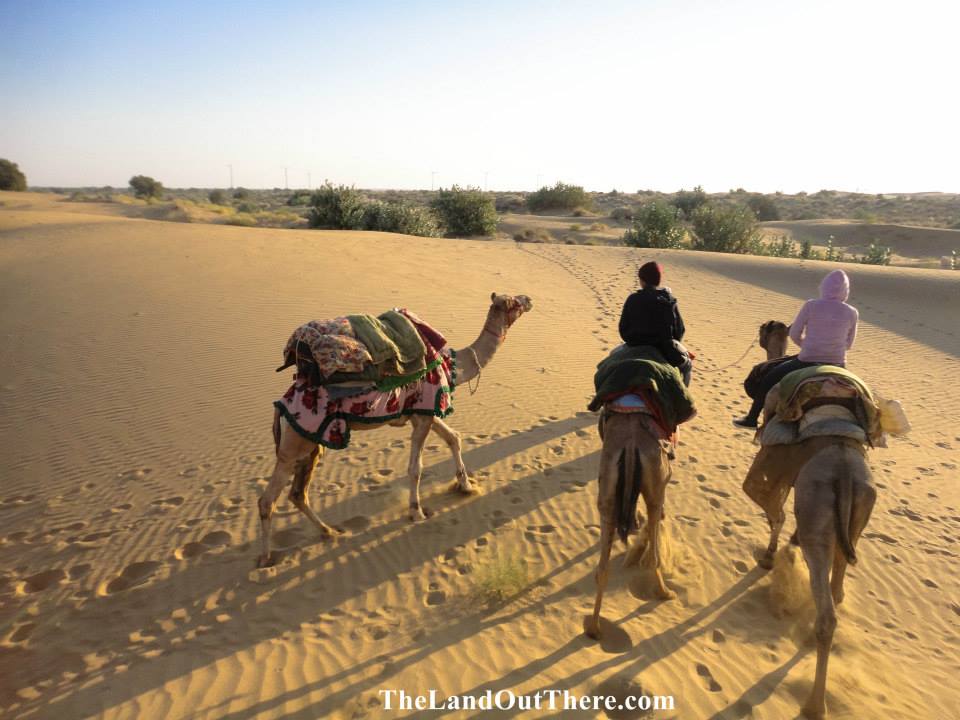
1. The Desert, also known as the Great Indian Desert, is located in the northwestern part of India, primarily in the state of Rajasthan.
2. It is one of the largest deserts in the world, covering an area of approximately 200,000 square kilometers.
3. The Desert is bordered by the Aravalli Range in the southeast and the Indus River in the west.
4. The desert receives very little rainfall, with an annual average of 100-500 millimeters.
5. It is known for its extreme temperatures, with summers reaching up to 50 degrees Celsius and winters dropping to as low as 0 degrees Celsius.
6. The Thar Desert is home to various unique animal species, including the Indian Gazelle, Desert Fox, Great Indian Bustard, and Blackbuck.
7. It is also inhabited by several tribes, such as the Bishnois, Bhils, and Raikas, who have adapted to the desert’s harsh conditions.
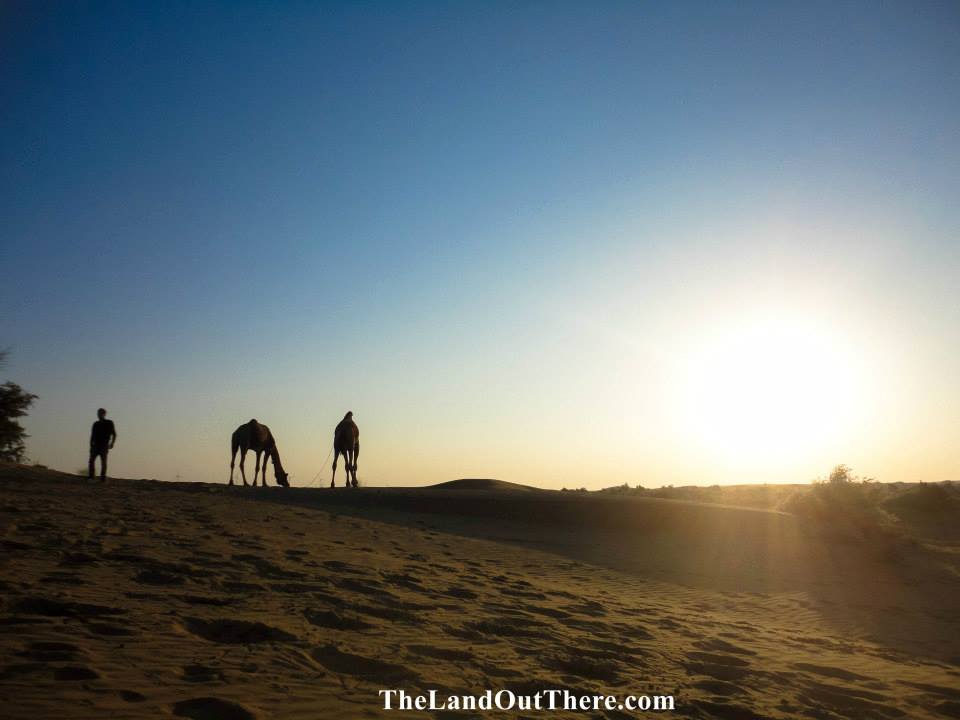
8. The desert is known for its sand dunes, some of which reach a height of over 150 meters.
9. The Sam Sand Dunes, located near Jaisalmer, are among the most popular tourist attractions in the Thar Desert.
10. The desert is rich in mineral resources, including gypsum, limestone, and oil.
11. Several national parks and wildlife sanctuaries have been established to protect the flora and fauna of the Thar Desert, such as the Desert National Park and the Tal Chhapar Wildlife Sanctuary.
12. The Thar Desert is renowned for its folklore and traditional music and dance forms, such as the Kalbelia dance and the folk songs sung by the Manganiyars and Langa musicians.
13. It is home to several historical cities, such as Jaisalmer, Bikaner, and Jodhpur, known for their magnificent forts, palaces, and havelis.
14. The Border Security Force (BSF) operates in the Thar Desert to safeguard India’s borders with Pakistan.
15. The desert is dotted with numerous ancient wells, known as kunds, that have played a crucial role in sustaining the local communities.
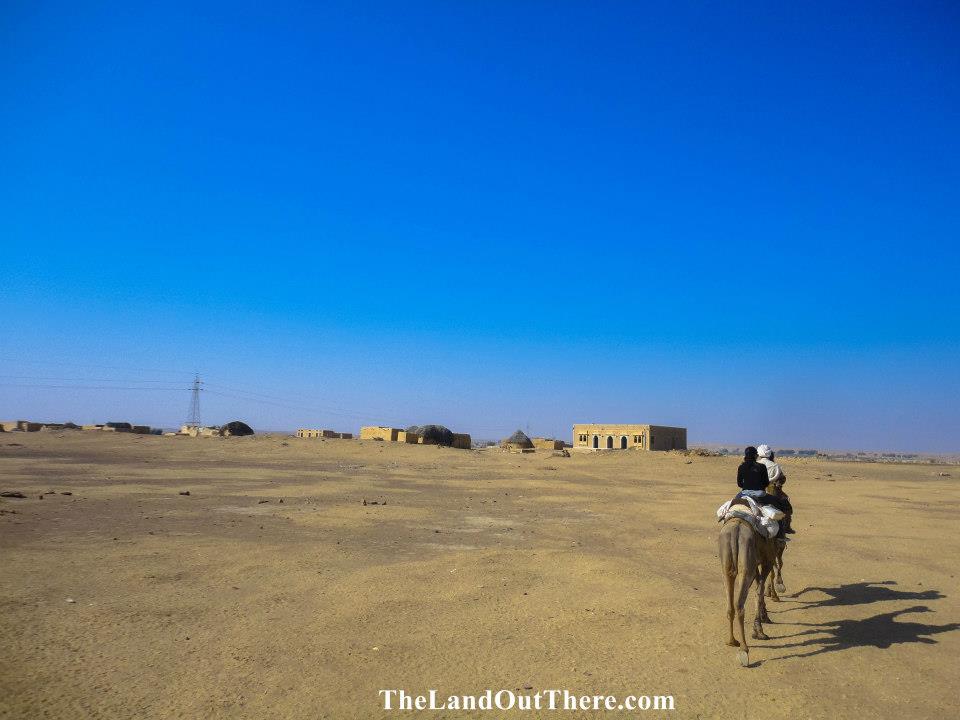
16. The Thar Desert is a popular filming location for Bollywood movies and has been featured in several famous films, including the blockbuster movie “Border.”
17. The desert’s unique landscapes and sand dunes attract adventure enthusiasts who indulge in activities like camel safaris, dune bashing, and camping.
18. The Thar Desert is known for its beautiful sunsets, with the sky turning shades of red, orange, and purple.
19. Various traditional crafts and textiles, such as block printing, tie-dye, and embroidery, are practiced by the local communities in the Thar Desert.
20. The Thar Desert has a rich cultural heritage, with a blend of Rajasthani, Sindhi, and Punjabi influences, making it a fascinating destination for experiencing traditional music, dance, and cuisine.




